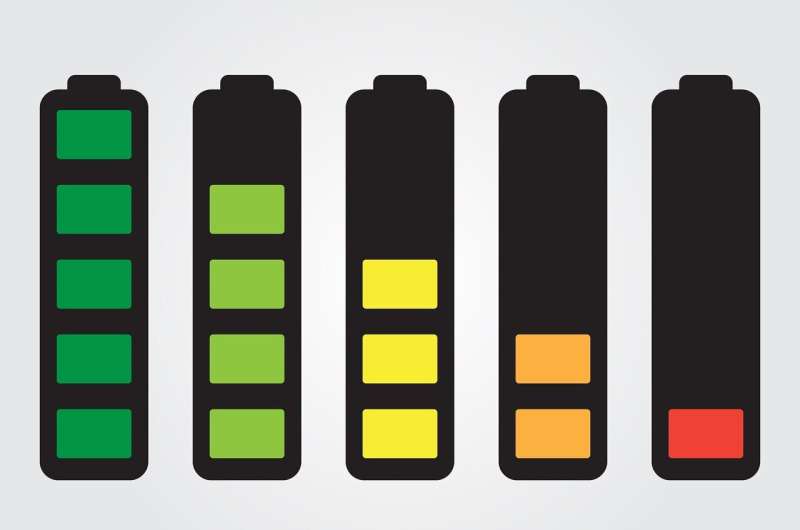‘Digital twin technology’ advancement: Analyzing battery characteristics in virtual space

A joint research team, led by Professor Lee Yongmin of the Energy Engineering Department at the DGIST and Professor Kim Sungsoo of Chungnam National University, has announced a significant advancement in battery technology with the development of a novel battery electrode degradation diagnosis technology.
This pioneering approach combines a particle-level multiphysics model of high-nickel active materials with cutting-edge digital twin technology. The innovation aims to identify the root causes of performance degradation within battery particles and offers optimal particle designs through a meticulous analysis of their electrochemical and mechanical properties.
Lithium-ion batteries have become indispensable in everyday devices, including in smartphones and electric vehicles. However, persistent challenges such as fire safety and degradation phenomena pose limitations on their lifespan and efficiency.
To tackle these challenges, a research team led by Professor Lee Yongmin and Professor Kim Sungsoo set their sights on optimizing battery design by delving into battery performance analysis and anticipating changes. Their work led to the development of a sophisticated model utilizing “digital twin technology.” This model accurately diagnoses the internal structure by replicating the intricate particle arrangement found in actual batteries within a virtual environment.
The team’s model excels at isolating and scrutinizing the numerous micrometer-sized particles present in the electrode, effectively eliminating external factors that impact battery performance. Consequently, it becomes possible to discern the unique characteristics of the active materials responsible for generating electrical energy, enabling highly precise measurements.
The research team expects that these findings will pave the way for suggesting optimal particle designs. The paper is published in the journal Advanced Energy Materials.
In addition, to ensure precise electrochemical and mechanical prediction results, the research team collaborated with Chungnam National University and Tokyo Metropolitan University to conduct “single-particle measurement” experiments. These experiments enabled the accurate measurement of electrochemical properties. Further, the team demonstrated the mechanical properties of single particles using the cutting-edge “Nano Indenter” technology of the Korea Electronics Technology Institute.
Prof. Lee emphasized the significance of the developed digital twin technology, stating, “Through this research, we have achieved structures in digital twins that closely resemble real particles and accurately predict volume changes during battery operation. This technology not only enables the diagnosis of electrode particle degradation but also offers opportunities for optimizing designs to overcome such challenges.”
More information:
Jihun Song et al, Digital‐Twin‐Driven Diagnostics of Crack Propagation in a Single LiNi0.7Mn0.15Co0.15O2 Secondary Particle during Lithium Intercalation, Advanced Energy Materials (2023). DOI: 10.1002/aenm.202204328
Provided by
DGIST (Daegu Gyeongbuk Institute of Science and Technology)
Citation:
‘Digital twin technology’ advancement: Analyzing battery characteristics in virtual space (2023, July 6)
retrieved 6 July 2023
from https://techxplore.com/news/2023-07-digital-twin-technology-advancement-battery.html
This document is subject to copyright. Apart from any fair dealing for the purpose of private study or research, no
part may be reproduced without the written permission. The content is provided for information purposes only.
For all the latest Technology News Click Here
For the latest news and updates, follow us on Google News.

